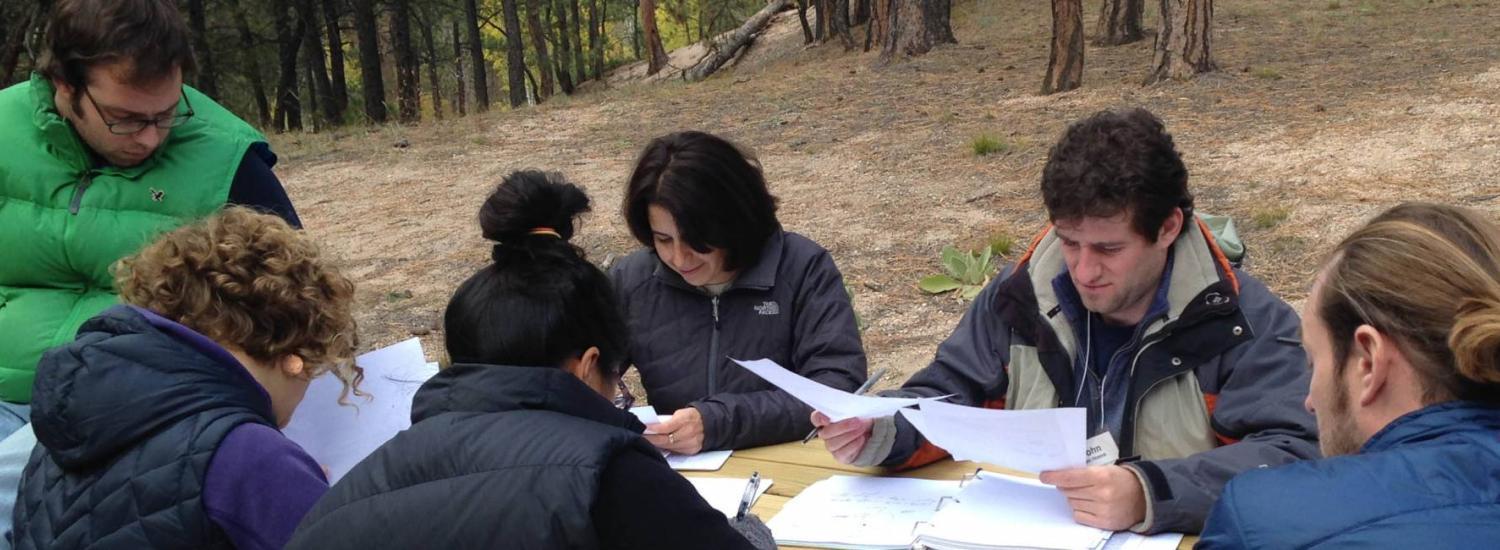Interdisciplinary Climate Science: Risky But Worth It
New assessment identifies early-career barriers—and solutions—to improve climate research

In recent years, interdisciplinary research has been promoted widely, yet it can represent a risky pursuit for early career scientists. For example: climate science integrates research from across disciplines—yet taking a deliberately interdisciplinary approach can be perceived as 'less-than-rigorous' compared to a single discipline—according to a new study by Virginia Institute of Marine Science, National Weather Service, CIRES/NOAA, and other researchers across the country.
The team surveyed over 600 early-career scientists from 56 countries to understand the challenges scientists face when pursuing collaborative, interdisciplinary work. Peers may label such work as "diluted" compared with strict disciplinary research; the science may offer fewer career-advancing opportunities; or may present barriers when it comes time to publish.
"These are real problems for early-career scientists, who generally have less job security and have yet to establish a strong reputation within their respective disciplines.” said Ben Livneh, CIRES Fellow and co-author on a paper published today in Wiley Interdisciplinary Reports.
Interdisciplinary research weaves together fundamental knowledge from multiple scientific disciplines. It’s focused on tackling global challenges by integrating research fields and sparking new research avenues—and it is critical to the ever-changing field of climate change science.
To help break down barriers and encourage forward momentum of interdisciplinary climate research, especially for early career scientists, the team urges for more training in areas such as: communication, team skills, and networking. Professional development training symposia, like those offered by the Dissertations Initiative for the Advancement of Climate Change ReSearch (DISCCRS), have already had demonstrated success.
“Training and networking programs offer an immersive experience to engage with scientists from across the natural and social sciences spectrums, gain diverse perspectives, and learn how to construct research and communicate across disciplinary divides,” said Chris Hein, Virginia Institute of Marine Science, lead author of the study.